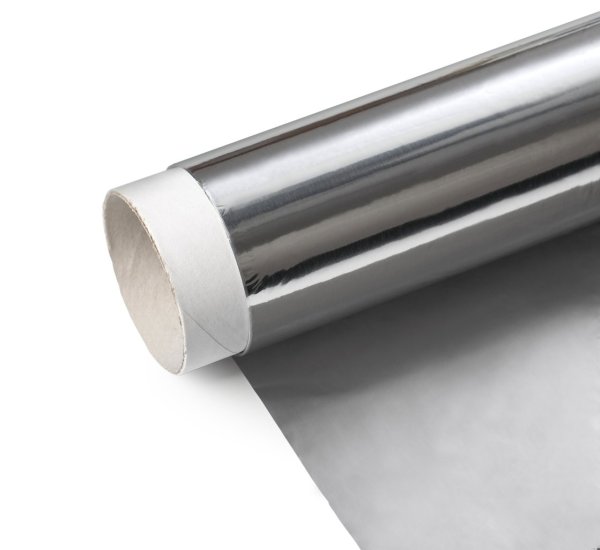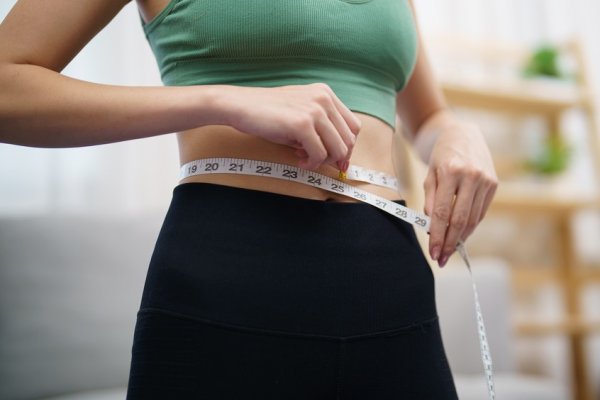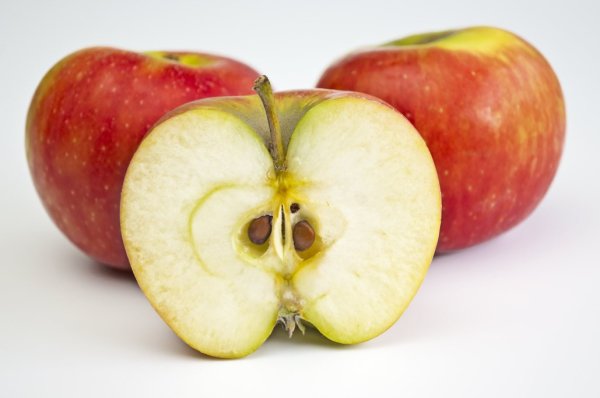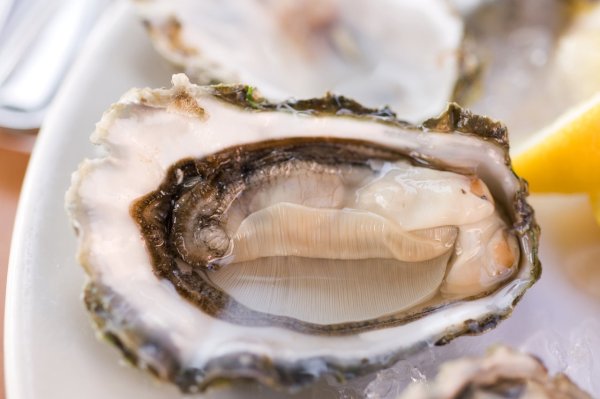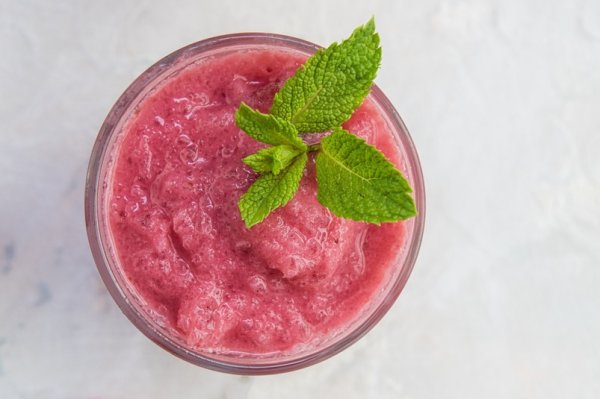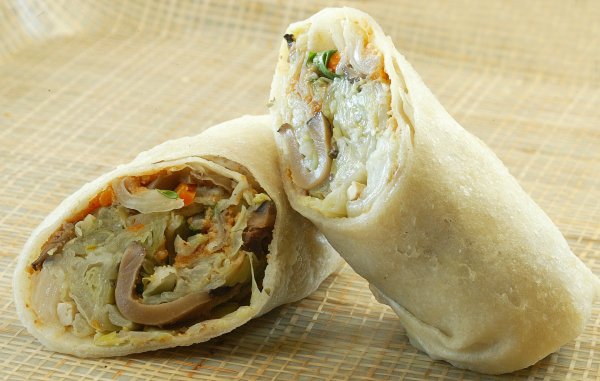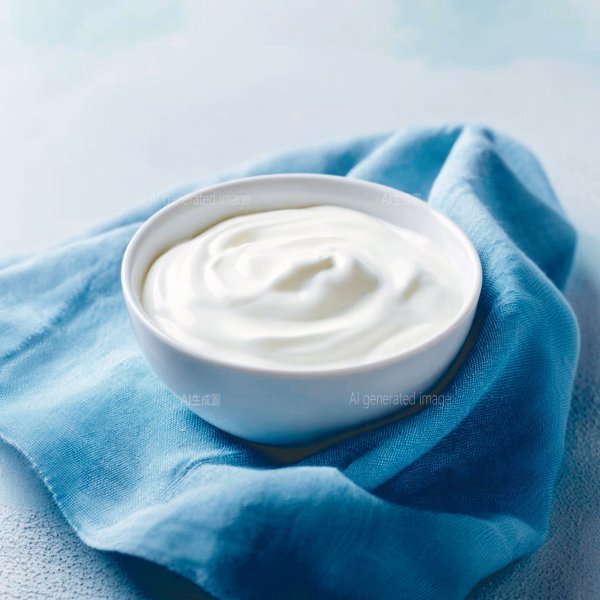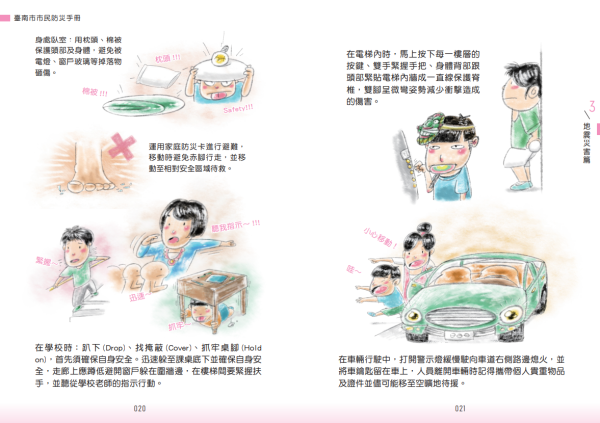Tried all the 168 and 211 light fasting methods but still can’t lose weight? Medical treatment reveals 3 major reasons for blockage
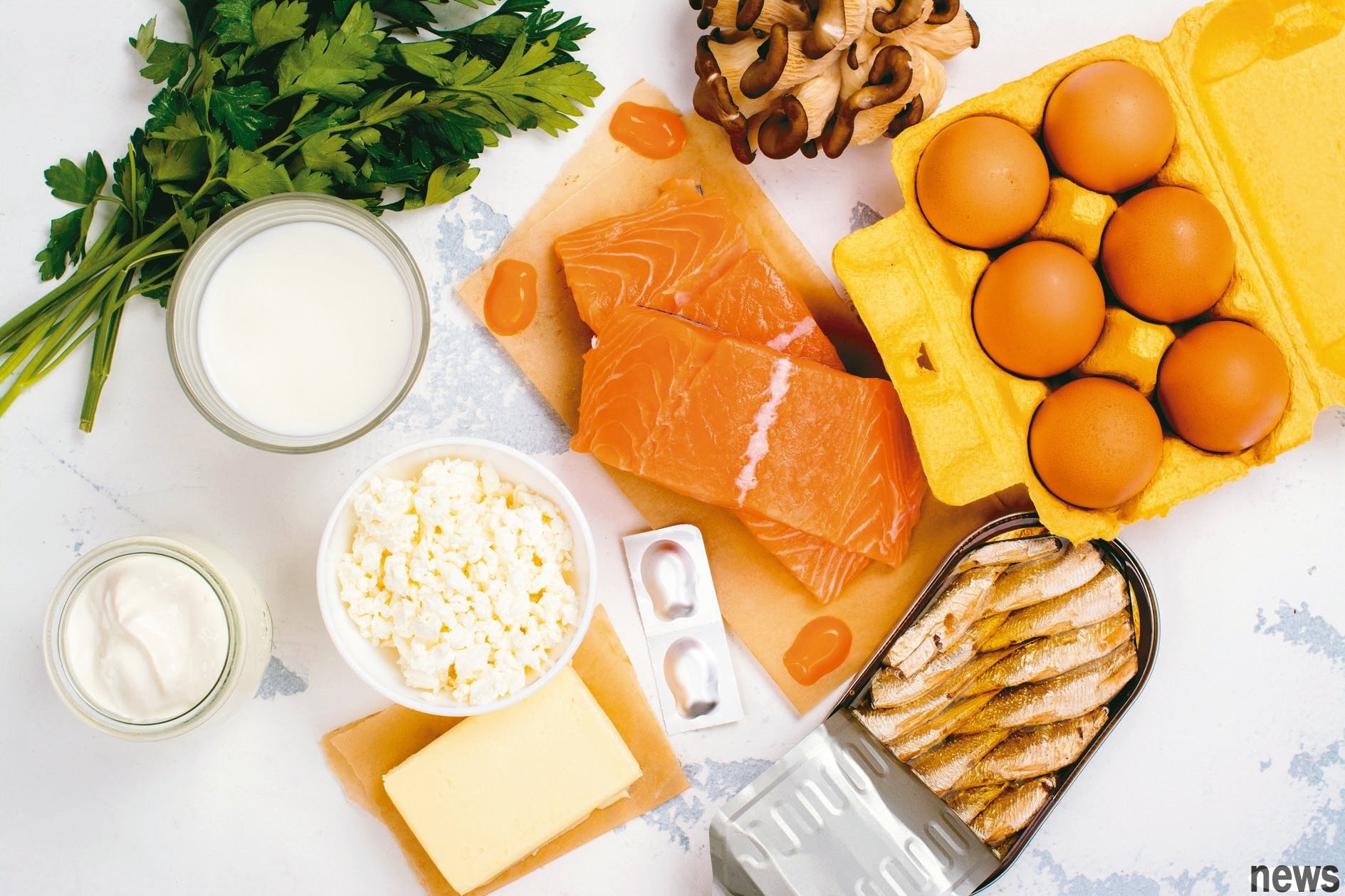
There are many light fasting methods popular nowadays: 168, 1410, 1212, as well as the 211 meal plate, 35921 weight loss method. There are a variety of weight loss diet methods. Although you have obviously followed them, you are still stuck or even regained weight. Family medicine physician Li Tangyue said that the key is not the proportion of the plate or the eating time, but the degree of processing of the food. The more refined the ultra-processed food, the easier it is to accumulate calories and fat.
Low-processed diets have better weight loss results than ultra-processed dietsA study published by Li Tangyue in "Nature Medicine" showed that even when fully complying with the national healthy eating guidelines, the same group of participants lost weight faster and more significantly on a minimally processed diet; once they switched to an ultra-processed diet, the effect was greatly reduced. A total of 55 adults were included in the study. Their BMI ranged from 25 to 40, and they were overweight or obese. More than half of their daily calories came from ultra-processed foods.
{The trial method of the 999}study adopts a crossover randomized controlled design, and all dietary contents comply with the British "National Healthy Eating Guidelines" (Eatwell Guide). Minimally processed foods (MPF) and ultra-processed foods (UPF) are exactly the same in fat, protein, carbohydrate ratios and food categories. The only difference is the degree of processing.
Participants were randomly ordered to undergo 8 weeks of MPF, then resumed their original diet after a 4-week buffer period, and then underwent 8 weeks of UPF; the other half underwent the reverse order. Although both diets can reduce weight, the average weight loss is 2.06% when taking MPF and only 1.05% when taking UPF, a gap of nearly twice. More importantly, MPF mainly loses body fat and visceral fat, and has better appetite control; although UPF loses weight, there is no significant fat improvement.
Li Tangyue emphasized that although this study did not specifically focus on the 211 Plate, the principle of "choosing the right ingredients" is completely consistent with the dietary principles of the 211 Plate. The so-called 211 meal plate is to divide the lunch box into 4 equal parts, of which 2 parts, that is, half the proportion, are vegetables; 1/4 proportion is high-quality protein, and the other 1/4 proportion is high-quality starch. To put it simply, it is 2 parts of vegetables + 1 part of starch + 1 part of protein.
Li Tangyue pointed out that the 211 Plate Diet may not seem difficult, but you must pay attention to the intake of vegetables, starch, and protein. There are three major principles:
Three Principles of the 211 Plate Diet1. Vegetables: The most important role in the 211 Plate, accounting for half of the plate. Vegetables have a strong sense of satiety, can provide fiber, vitamins and minerals, and are an energy source for intestinal probiotics. It is recommended to use fresh, colorful vegetables and the simpler the cooking method, the better.
2. Protein: During the weight loss process, protein can maintain muscle mass and avoid the situation of "losing weight but becoming weak". It is recommended to choose natural ingredients such as fish, chicken breast, eggs or tofu, and avoid processed meats such as ham and sausage.
3. Whole grains: Starch is a polysaccharide, but refined starch such as noodles, white toast, and biscuits can easily increase blood sugar quickly and become addictive. It is an invisible promoter of obesity. Five-grain brown rice, prototype oats, and sweet potatoes can help reduce the rise in blood sugar after meals and prolong the feeling of satiety.




